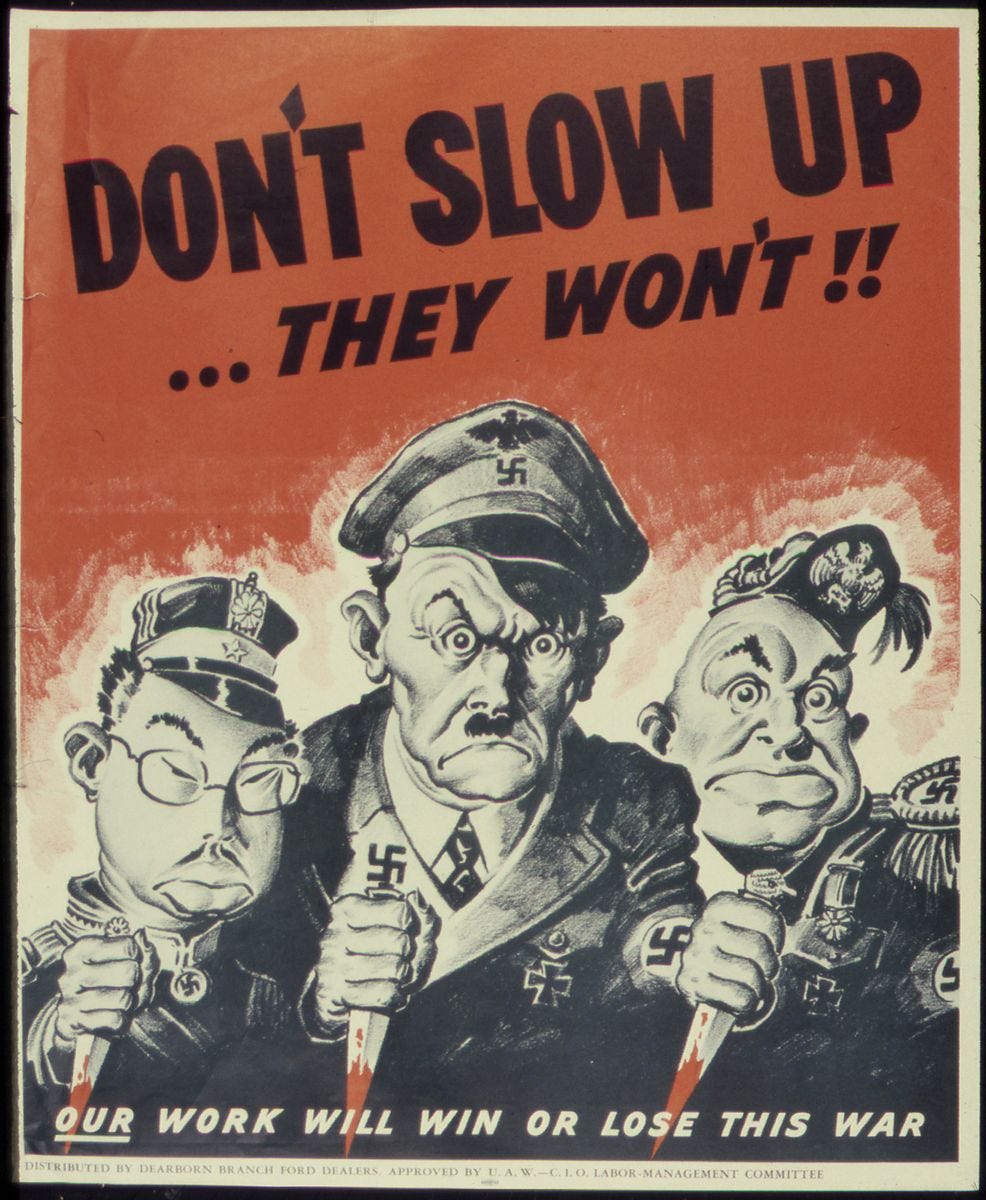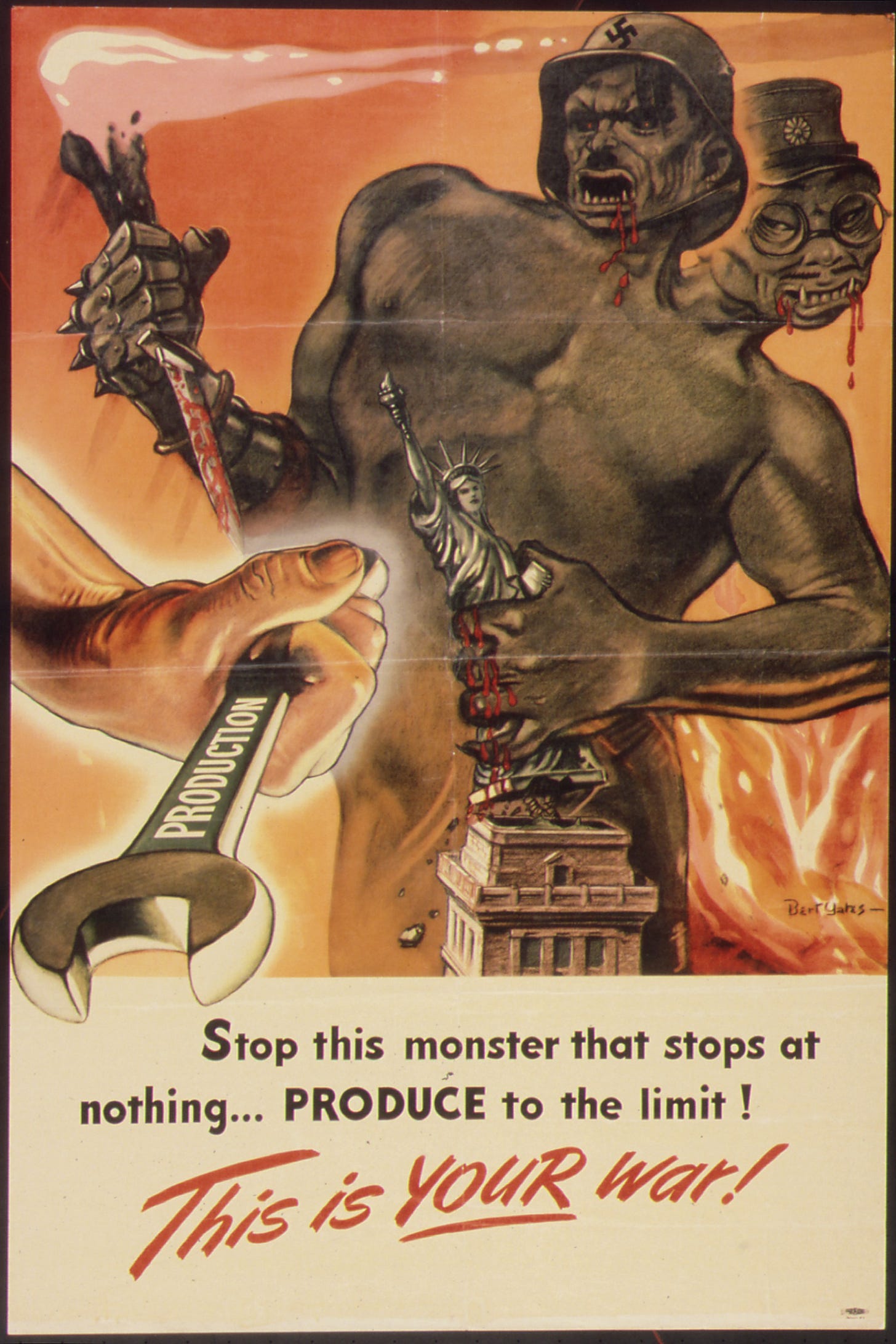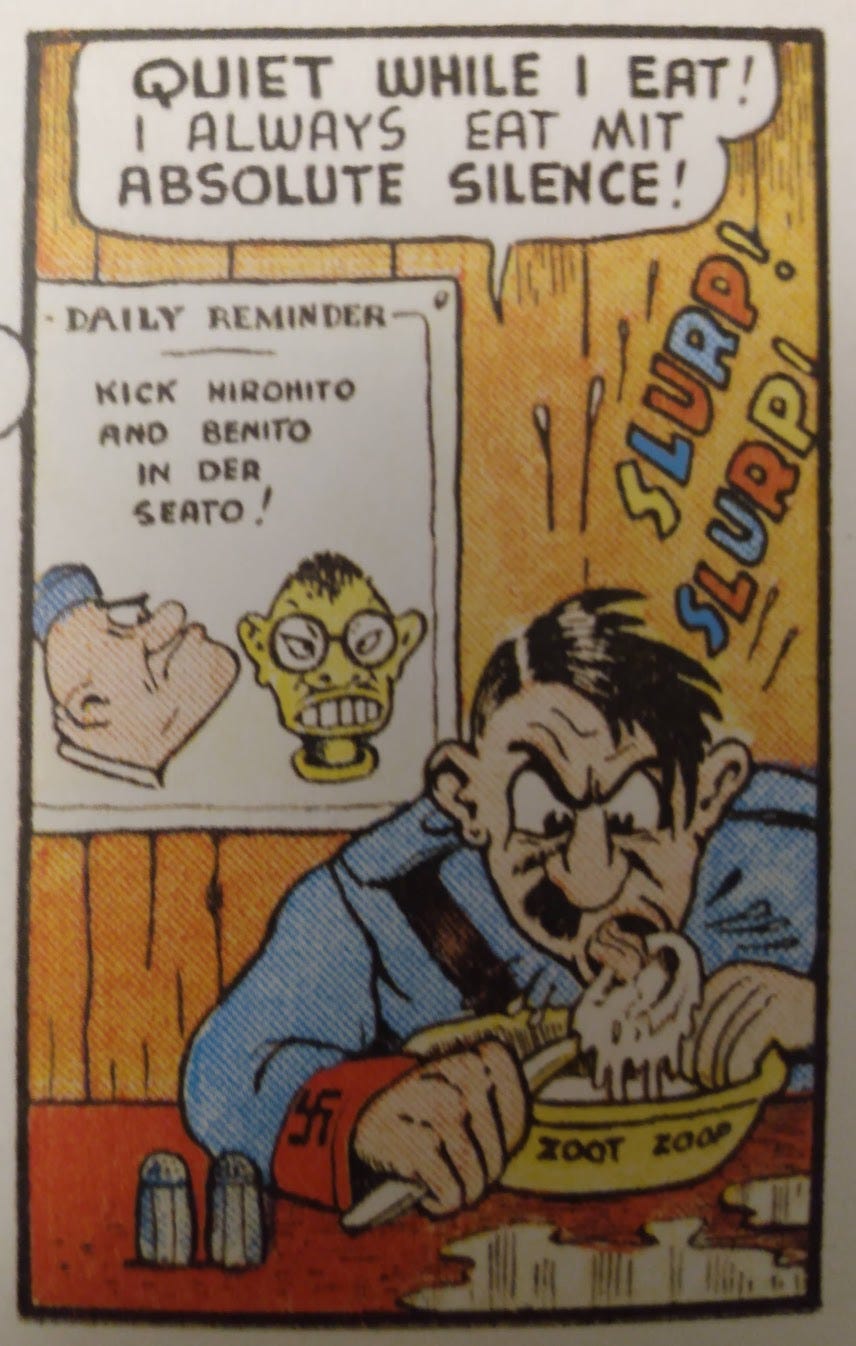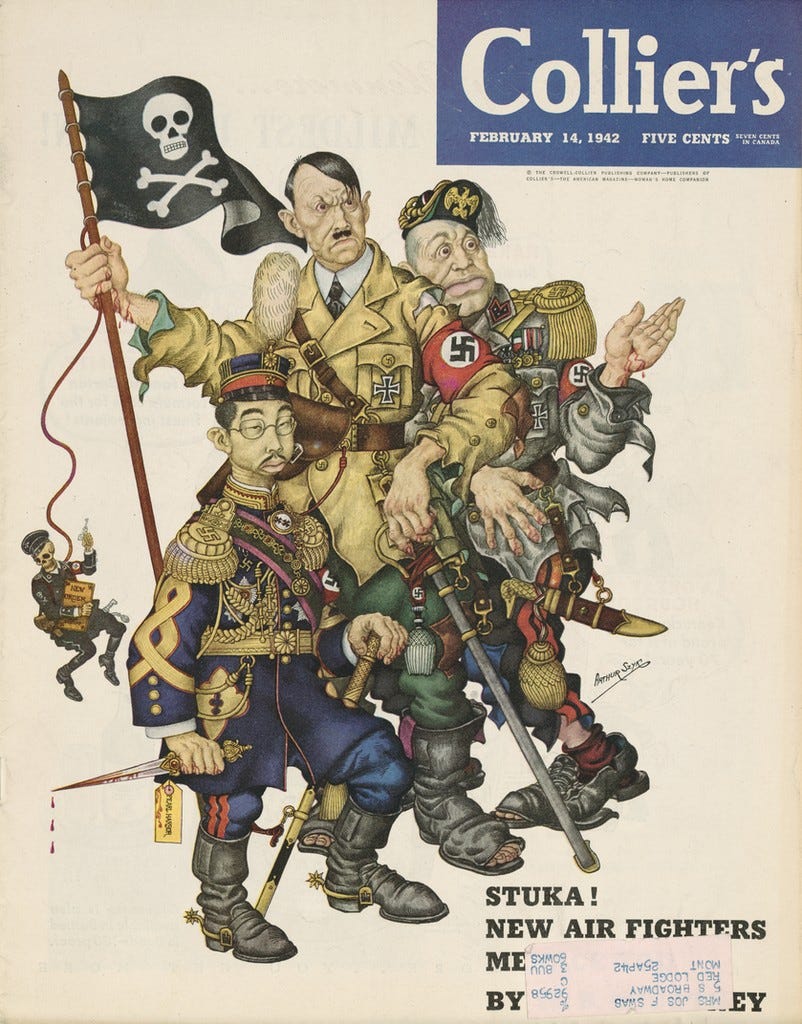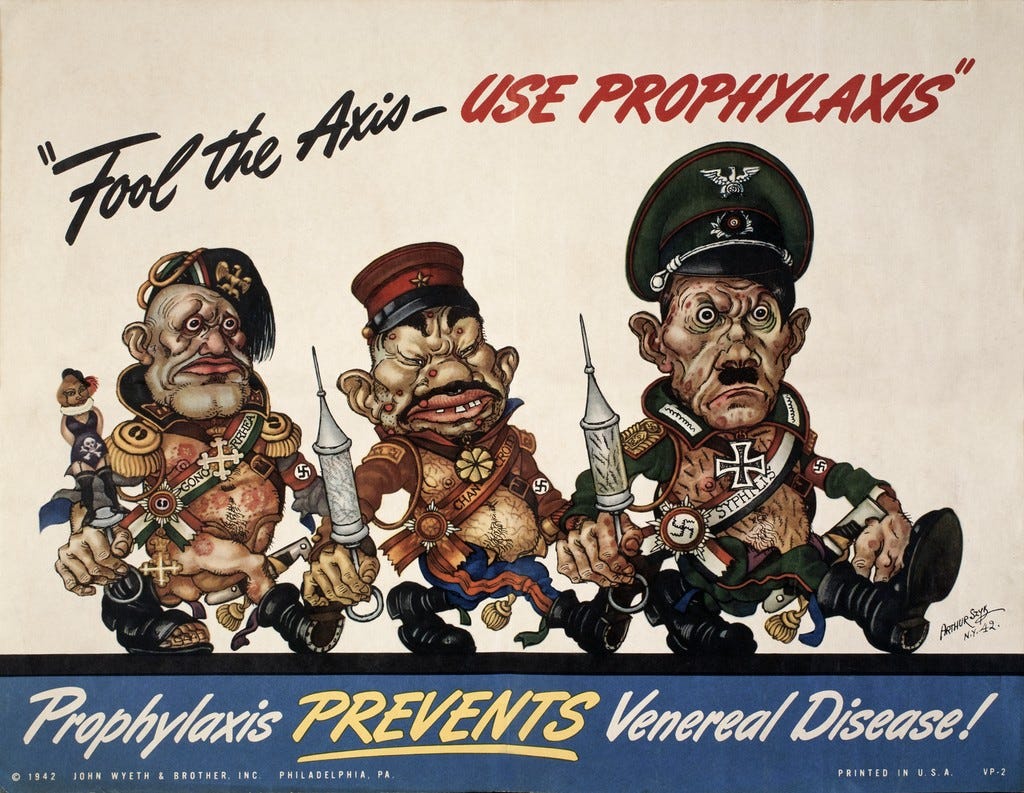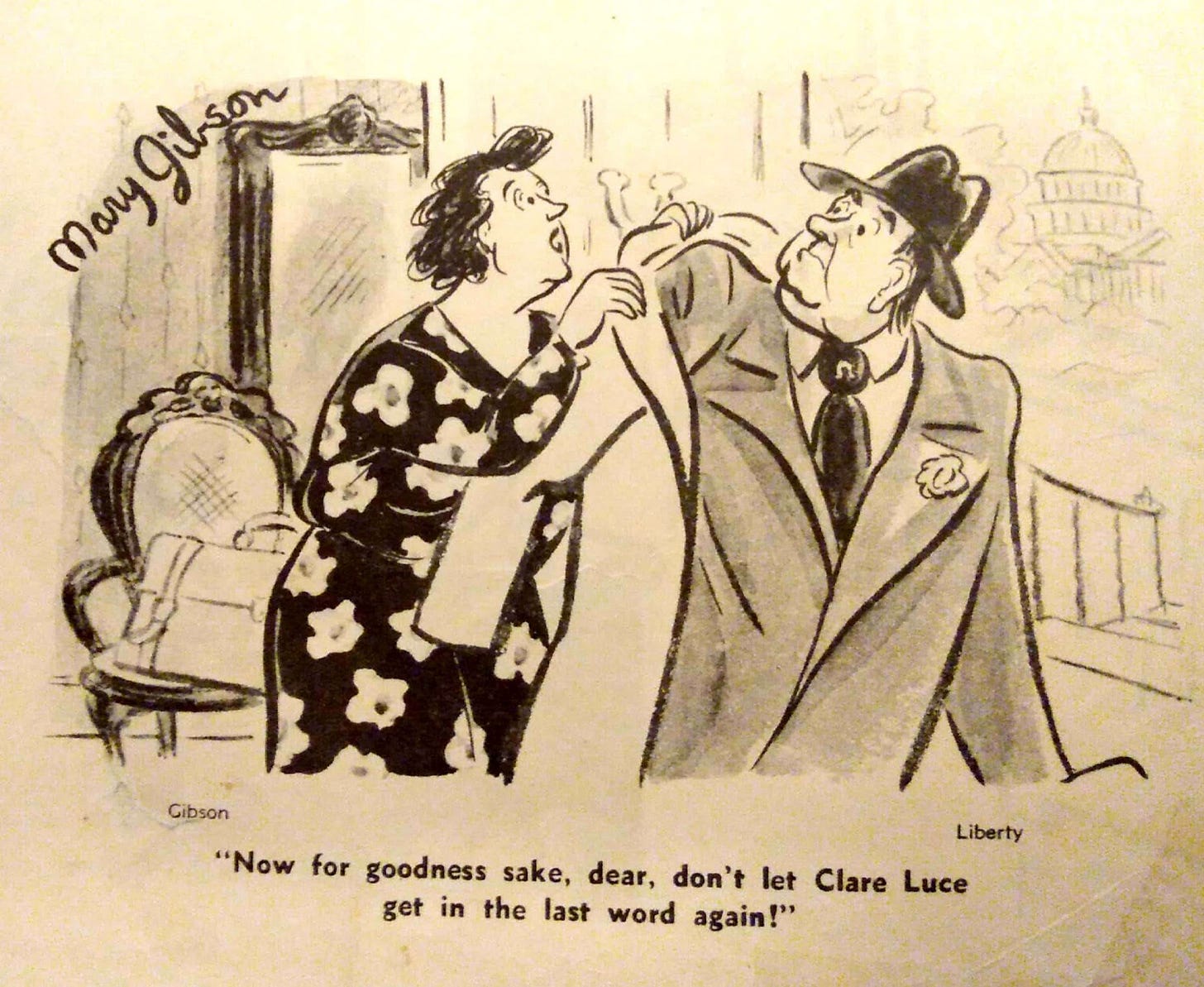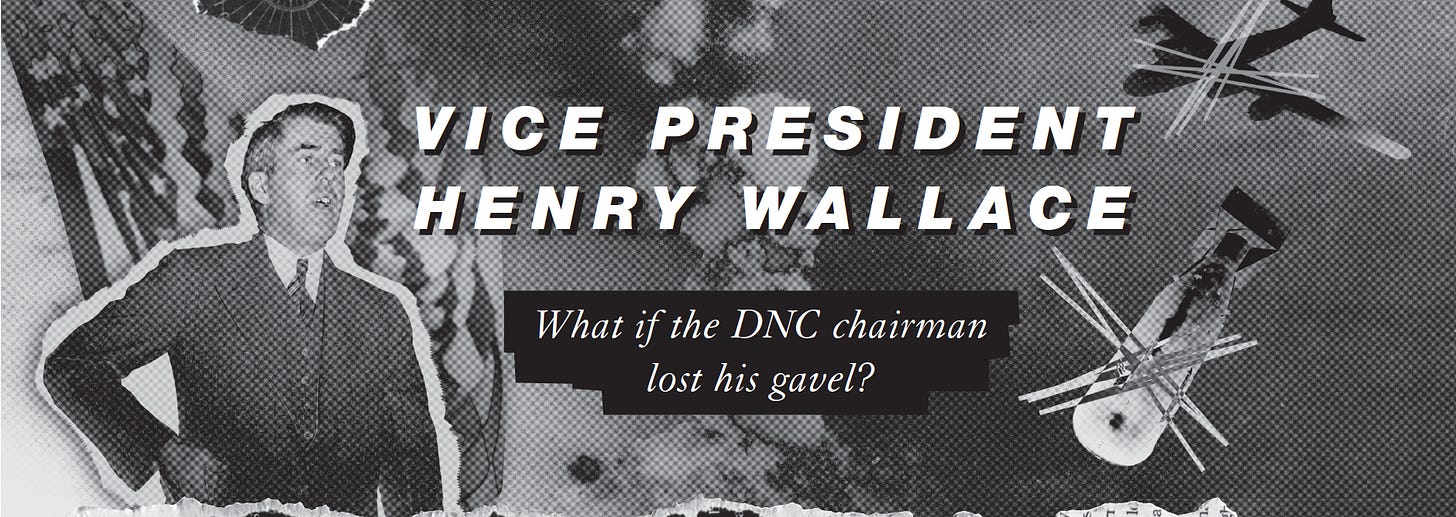These are annotations for the tenth chapter of the book Impossible Histories. I’m not saying you need to keep a copy of IH open next to you as you read, but it might make some things clearer?
p. 185
•What if the DNC chairman lost his gavel?: I thought I was so clever when I came up with the Wallace what-if, but it turns out that everyone else had already thought of it before me. Even in a non-counterfactual (i.e. factual) not-an-alternate-history context, Conrad Black wrote—this is in a “straight” biography of FDR—“Of all the hypotheses of American history, a Wallace presidency following the death in office of FDR is one of the more chilling ones.” [Black, Franklin Delano Roosevelt: Champion of Freedom (Public Affairs, 2003) p. 568.]
•epigraph:
What I love him in spite of
Is, a girl wants a fellow to go straight ahead like a locomotive and he is more like a loco-might-of.
Dear Miss Dix, I surely need your advice and solace,
It’s like I was in love with Henry Wallace.
•Ogden Nash, “The Strange Case of the Lovelorn Letter Writer” (1951).
This is the best epigraph! I can’t believe they (we?) cut it!
The poem this epigraphs comes from (as is probably clear from context) takes the form of a letter from a “lovelorn” woman to a Miss-Lonelyhearts–style columnist named Miss Dix.
Anyway, a better exemplum of Wallace’s reputation, at least by 1951, will never be found!
pp. 185–86
•If anyone sought to try that now, his party would shoot it down: Yet another bold statement that will perhaps come back and bite me on the bottom soon.
pp. 186–87
•in 1956 Adlai Stevenson expressed no preference: Somewhat similarly, in 1956 Eisenhower (running for his second term) refused to name his VP, insisting the decision lay with his current VP, Richard Nixon, who could decide to by VP again or not. Nixon refused to believe that Eisenhower was giving him a choice and spent weeks in agony, trying to decode what the president must have meant, looking for the secret meaning in Ike’s laissez faire attitude. Ultimately, of course, Nixon decided he would run again, and he was, indeed, VP for all eight years of Eisenhower’s presidency.
p. 187
•best remembered to history for whining that comic books were too scary: Kefauver is also remembered for wearing a coonskin cap. It’s a weird legacy, but I didn’t make it up.
•most of the Democrats probably admired him: An editor asked me how, if the Democrats were booing him, this could possibly be true, but…don’t you boo people you admire? I sure do.
p. 190
•Wallace found himself bounced from the ticket: FDR made him secretary of commerce.
p. 191
•epigraph:
If we had been shot down at that time, we would have avoided many difficulties.
•Admiral Takijiro Ohnishi, Jan. 9, 1945; quoted in Inoguchi and Nakajima, The Divine Wind (1968).
This is also a really good epigraph!
•what to do with the atomic bomb: No less a light than Tim McVeigh griped to his lawyers how unfair it was that “no one had criticized Truman when he dropped the bomb on innocent women and children,” a statement that bears the remarkable distinction of being simultaneously fallacious and false. [Jeffrey Toobin, Homegrown: Timothy McVeigh and the Rise of Right-Wing Extremism (Simon & Schuster, 2023) p. 290.]
p. 192
•the only Japanese who were taken prisoner: This is more or less the plot of Kon Ichikawa’s 1956 film The Burmese Harp.
p. 193
•If that wasn’t bad enough: And if that wasn’t bad enough, the Japanese also had a nuclear weapons program!
Although…honestly, there’s probably zero chance it could have amounted to anything before the war ground to a halt, as an embargoed Japan didn’t have enough resources to devote to making a bomb, even if it had had enough time, and even if it had both time and resources it didn’t have the ability to get a bomb they made to any Allied nation except maybe the tail end of Siberia even if they did make it. So I left this pipe dream out of the calculations.
p. 194
•unconditional surrender may have entered wartime policy by accident: That’s according to Takaki. On the other hand, according to (is this a real source??) The Nazi Conspiracy by Brad Meltzer & Josh Mensch, “records of the conference show that ‘unconditional surrender’ was discussed and agreed upon” beforehand. So I may have screwed that up by listening to Takaki; perhaps I was over-credulous because I liked his book Iron Cages when I read it, decades ago now, and once I like a book by someone I’ll fall for anything he says. [Meltzer & Mensch, The Nazi Conspiracy (Flatiron, 2013) p. 58.]
p. 195
•Hirohito was constantly being linked: In general, pop culture of the war often treated Axis powers as more of a monolithic entity than the were in real life. Carson Robison’s 1942 single “Plain Talk” predicted (in song) that if the US lost the war, its citizens would be “doing the goosestep” and “living on rice.” (Hear him here.) Although Japan’s army also goosestepped, it’s unlikely that Robison knew that, and he’s clearly just thinking of Germany and then Japan.
Among Robison other releases in the war, incidentally, were these two records:
“Mussolini’s Letter to Hitler” b/w “Hitler’s Reply to Mussolini” (1942)
“Hirohito’s Letter to Hitler b/w Hitler’s Last Letter to Hirohito” (1945).
•to other Axis leaders in popular discourse: Here’s another one:
or:
The thin mustache suggests Hirohito to my eye, but it could be Tojo.
•one 1942 comic book: I somehow bungled the text on the poster, inadvertently translating it from Wolvertonese to English, as you can see:
•Arthur Szyk’s famous cover to Collier’s:
Here’s another from the same artist, but with Tojo, and not Hirohito:
Tojo often takes the place of Hirohito is wartime imagery, and at times the caricaturists are not too interested in making a good likeness (see Wolverton above), and good luck figuring it out sometimes.
Anyway, Arthur Szyk is amazing. I’ve never been able to find a copy of Szyk’s 1941 The New Order, probably the relevant collection here, but I learned a lot about his WWII-era art from Steven Luckert, The Art and Politics of Arthur Szyk (U.S. Holocaust Memorial Museum, 2002), much easier to get your hands on.
p. 198
•agonistic behavior: In college I read a paper that asserted this very thing, with graphs, and covering behaviors in both Betta splendens and Felis catus, but when I went to find it, I got nowhere. I even contacted my old professor, who had tragically lost her old syllabi in some computer malfunction. So if anyone can find the paper I’m looking for here, please let me know. I just left this bald assertion unattributed.
p. 206
•duped into believing a Soviet slave labor camp was a pleasant village: The truth is the Russians positively excelled at passing fake villages off on the unwitting. The term for such places—Potemkin villages—comes from the perhaps apocryphal story that Grigory Potemkin had erected town facades along the Dneiper River in 1787, to make Catherine the Great think, as she passed by, that war-torn Crimea had been rebuilt. By the Soviet era, they’d made fooling foreigner into an art. At a time when Nazi Germany and fascist Italy permitted foreigners to roam about the country unaccompanied, the Soviet Union only let visitors see carefully stage-managed tableaus. The result was similar to if Americans tried passing off Epcot Center as Orlando, Florida, to European tourists—just a typical American city, folks!
•“Globaloney,” Congresswoman Clare Boothe Luce called…:



